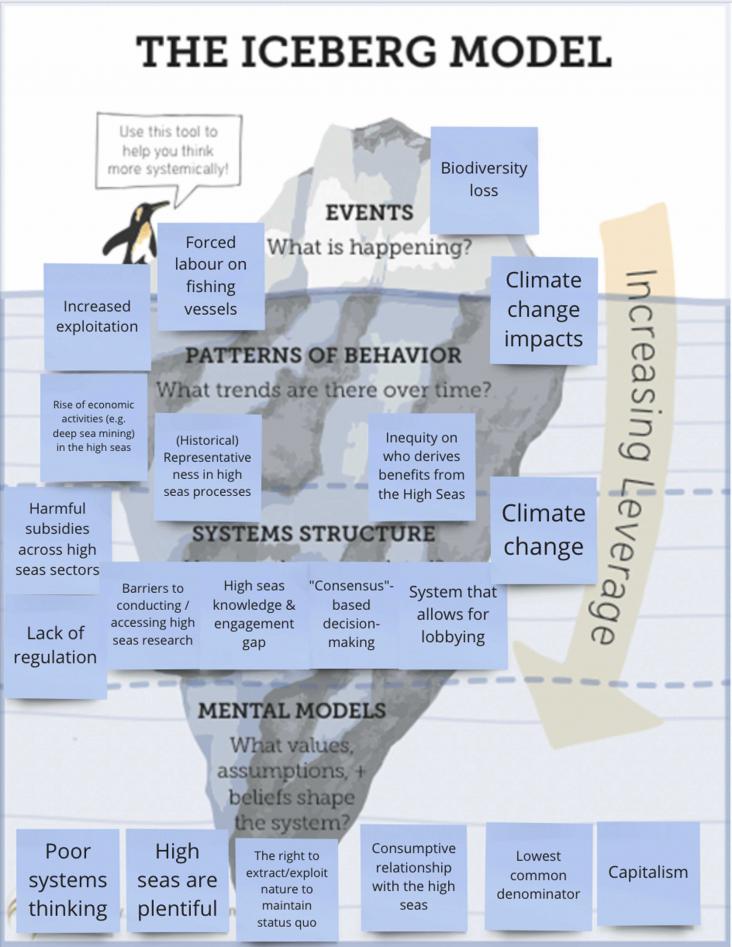
World Oceans day is celebrated every year on June 8th and this year the theme is "Planet Ocean: tides are changing". Elsevier is proud to share this special collection of impactful and freely accessible journal articles and book chapters in support of this important event.

To mark the 50th Anniversary of World Environment Day on 5 June 2023, Elsevier proudly presents a curated list of publicly available journal articles and book chapters in support of this year's theme “Solutions to Plastics Pollution”. Please share and download.
This article advances SDG # 13, 14, and 15 by arguing that ecosystem integrity is neglected but important for climate adaptation goals, and shows how linking ecosystem integrity to climate, biodiversity and sustainable development goals is crucial for optimal outcomes.

Monitoring the ocean carbon cycle is key to improved understanding. Satellites play a major role in our global carbon monitoring system. To make full use of satellite observations for ocean carbon monitoring the remote-sensing community needs to work closely with in-situ data experts, physical and biogeochemical modellers, Earth system scientists, climate scientists and marine policy experts.
Increasing shipping traffic in the Arctic Ocean creates an emerging need to understand the consequences of maritime operations on the Arctic environment and coastal Indigenous and non-Indigenous commu
Fisheries Research, Volume 265, 2023, 106744

A critical reflection on fisheries conservation in the Mekong River is offered here. Adaptive co-management helped balance conservation and livelihood outcomes. No-take zones facilitated basic fish conservation measures led by local fishermen. Fishermen perceiving livelihood benefits of conservation supported no-take zones. Long-term mechanisms to support community-led conservation initiatives are needed.

To mark International Day for Biological Diversity 2023, Elsevier, launched a free to download report that takes an in-depth look into Dutch biodiversity research in comparison to other nations.
This study systematically evaluates the successful human stewardship in managing marine protected areas to provide useful lessons for future marine conservation actions.
This study provides a better understanding of the burrowing behaviour of the sub-legal size clams discarded on the sediment after being disturbed and contributes important data to improve practices for minimizing mortality of dislodged clams that are discarded on the sediment surface.
The living infinite: Envisioning futures for transformed human-nature relationships on the high seas
Marine Policy, Volume 153, 2023, 105644, ISSN 0308-597X

We are at a critical crossroads for the future governance of the high seas. We used the Nature Futures Framework to explore desirable futures for the high seas. Creative endeavours of co-production encourage imagination to address challenges. Participatory processes are important tools in the science-policy interface. Stories and art can be powerful ways to overcome barriers.
